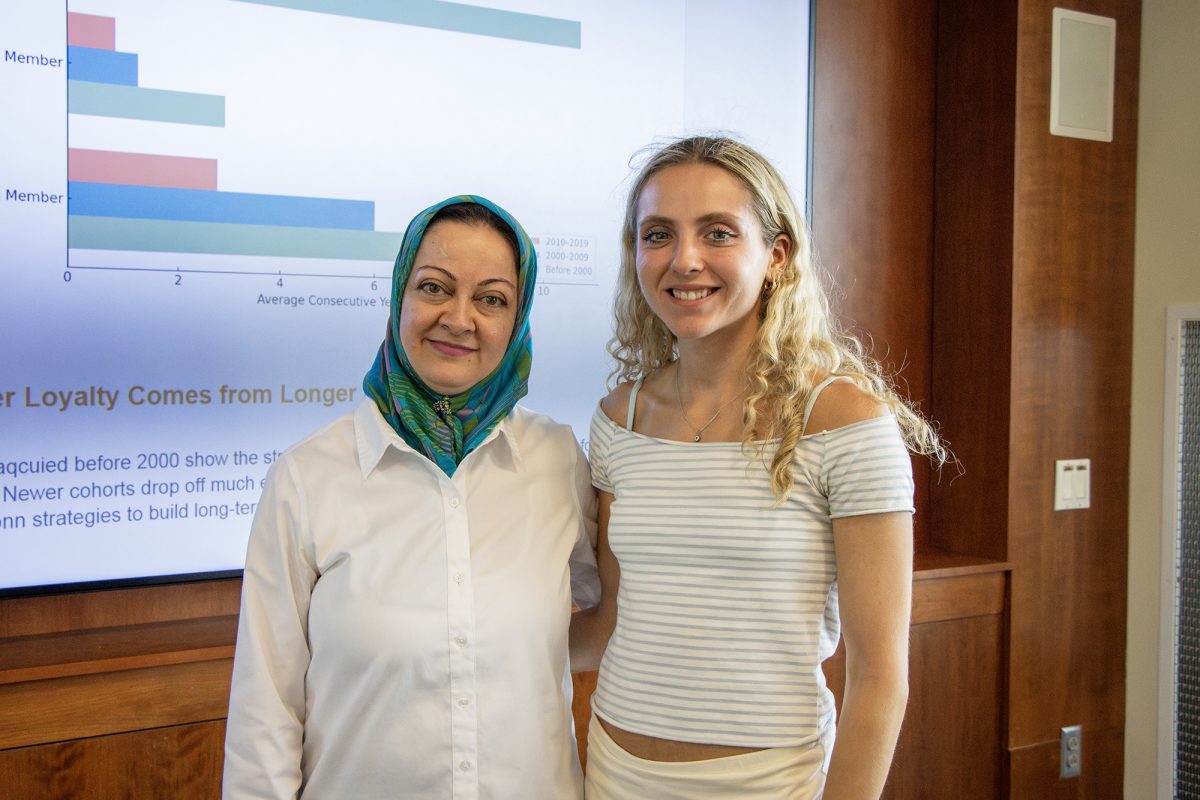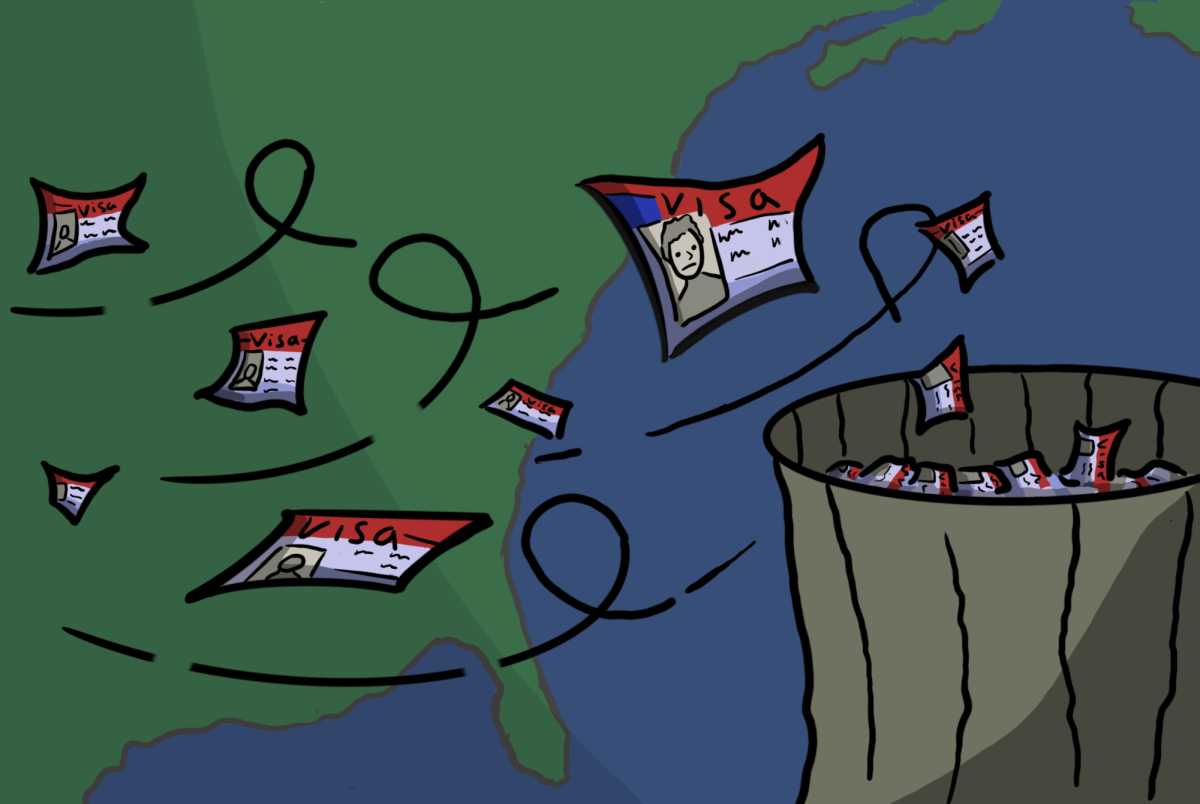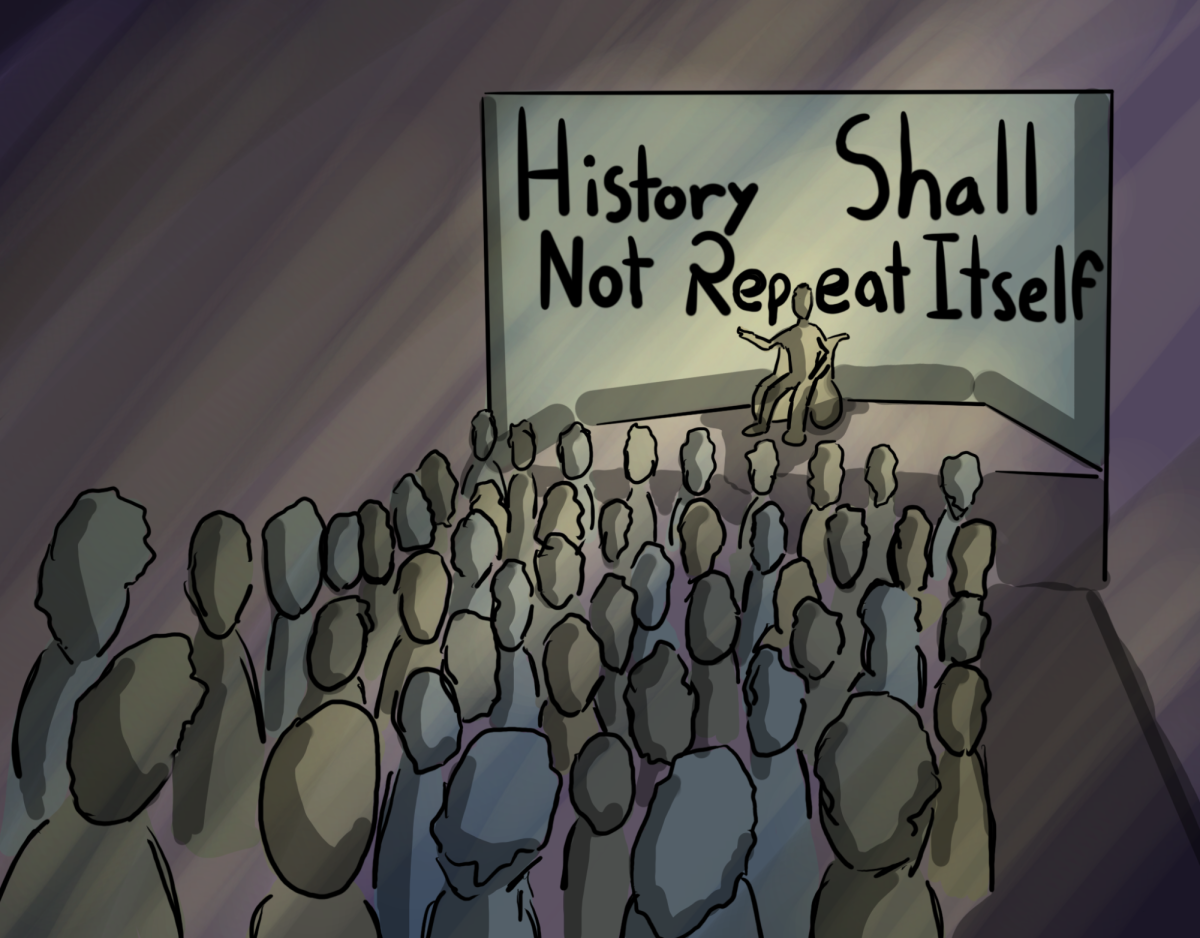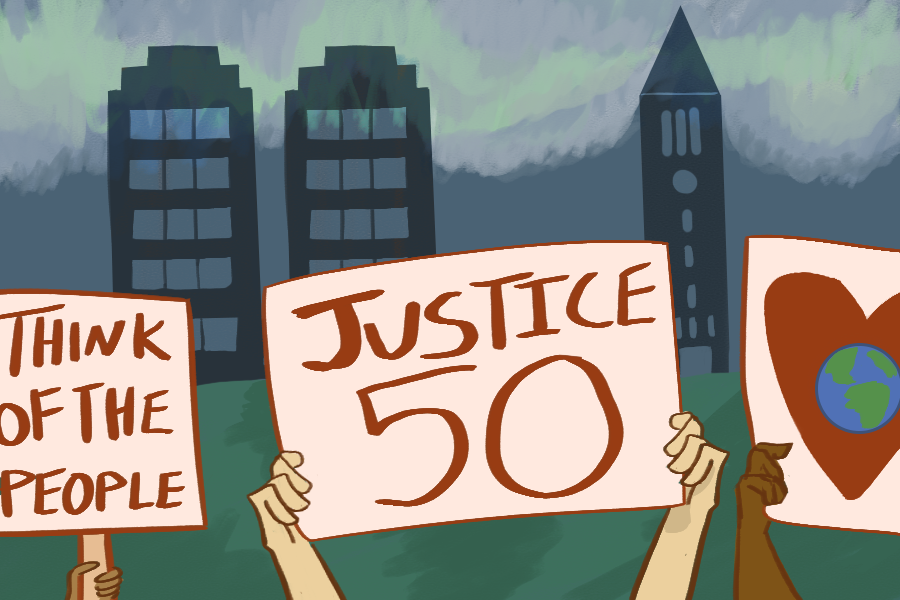I have always been interested in the archaeology of South America, especially Peru, one of the areas of the world where high civilization developed. My interests and field experiences in that region range from studying the earliest hunter-gatherers of the coastal zone to the Inca conquest of much of western South America in the 15th and 16th centuries. Topics of interest include the evolution of agricultural systems in the Andes and the origin and spread of state level societies.

The timing of the earliest arrival of humans along the western coast is still uncertain, though we know people were in south-central Chile around 13,000 years ago. In several field seasons I have found that people adapted rather quickly to the sparse resources of this desert landscape. They used the abundant resources of the Pacific Ocean and terrestrial resources found in river valleys that cross the desert. Occasionally, they visited the high Andean region that is located to the east. Students from Ithaca College discovered sites that may be very early in Camana along the south coast, though an earthquake of magnitude 8.0 prevented us from excavating the most promising of those sites. I plan to return with other students to do those investigations in the future.
A research project that I conducted with a colleague from the University of Maine discovered the earliest corn in the south Andean highlands, dating to around 1600 BCE. The same investigations found evidence of long-distance trade and highland-lowland interactions using phytoliths, microscopic plant remains found in grinding tools and soil from the site. Such sophisticated analyses are improving our understanding of ancient cultures.
One of the most interesting projects I worked on was studying ancient and modern agricultural terraces in the highlands of southern Peru. There are about one million hectares of terraces in the Andes, yet about 60 percent of them are now abandoned. Our research, a multidisciplinary project of Peruvians and Americans, was aimed at finding out whether abandoned terraces might be put back into use to feed Peru’s burgeoning population. The research found that the limiting factor in reusing many of the terraces is irrigation water, not soil fertility. However, such water is a rare commodity in that all of the existing water is used for modern fields. Local communities would have to agree on who would get the water for field renovation, which has so far proven an intractable obstacle to their reuse. With global warming melting the permanent snowfields from which this water comes, this problem will surely worsen in the future.
My most recent visit to Peru identified a problem that faces many archaeologists throughout the world. This problem is the continued destruction of archaeological sites. In the southern city of Arequipa, uncontrolled urban growth is destroying sites that might tell us how early occupants utilized this arid highland environment before agriculture. Near Camana, garbage is dumped in dry valleys outside the town where many of the early sites are located. At least one site has been completely destroyed. In many regions, looters are digging up old cemeteries to find whatever valuables they can to sell. On my next visit to Peru, my Peruvian colleagues and I hope to talk with local officials to try and mitigate these impacts. Archaeological sites are nonrenewable resources, and each is unique. When the last one is destroyed, there will be no new information we can learn about the past. We all need to be aware of this problem, both in foreign countries and in our own backyards.
Michael Malpass is a professor of anthropology. E-mail him at [email protected].







